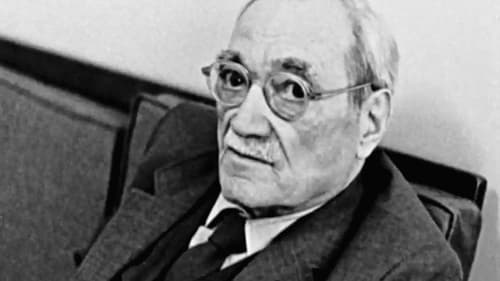
Director of Photography
This feature film is a portrait of John Grierson, the first Canadian Government Film Commissioner and founder of the National Film Board in 1939. Interweaving archival footage, interviews with people who knew him and footage of Grierson himself, this film is a sensitive and informative portrait of a dynamic man of vision. Grierson believed that the filmmaker had a social responsibility, and that film could help a society realize democratic ideals. His absolute faith in the value of capturing the drama of everyday life was to influence generations of filmmakers all over the world. In fact, he coined the term "documentary film."

Director of Photography
Commercial and technical developments on British Rail: new freight loads, air conditioned carriages, an ultrasonic test-train for checking the permanent way, a lecture train, and a new station for motorists - all part of the railway scene in the 1970's.

Director of Photography
Neptune, an automatic and electronically equipped track fault recorder; Tinsley marshalling yard; freight trains - cement, limestone, cars; Reading station and signal box; the laying of long welded rails; Toton diesel maintainance depot; new electrification multiple unit rolling stock for service from Euston, locomotive cab training simulator, Willesden control room; Cross-Channel - launching the SS Dover... are topics featured in this film.

Director of Photography
Behind Britain's railway modernisation lies research, design and development. Research ensures in various ways that passengers travel fast, safely and in comfort. Design and development yield new vehicles, equipment and methods; from motor-car conveyors to micro-wave communications. The electrification of the busiest mainline in the world also depends on research, design and development.

Production Assistant
Journey into Spring is a 1958 British short documentary film directed by Ralph Keene, and made by British Transport Films. The film -- partly a tribute to the work of the pioneering naturalist and ornithologist Gilbert White (1720-1793), author of The Natural History of Selborne -- features a commentary by the poet Laurie Lee, and camerawork by the wildlife cinematographer Patrick Carey. The journey suggested by the title is through time rather than space. In fact, two such journeys are made: the first back to the eighteenth century to pay tribute to the work of White, and the second studies the changing natural landscape near White's home town of Selborne in Hampshire between a typical March and May. It was nominated for two Academy Awards -- one for Best Documentary Short, and the other for Best Live Action Short.




